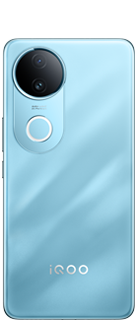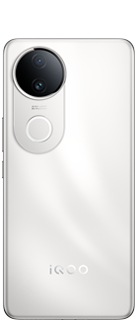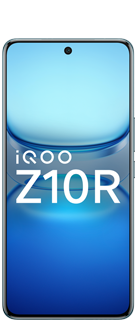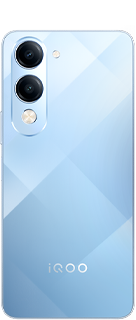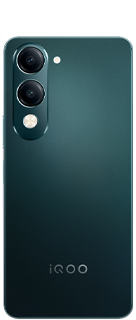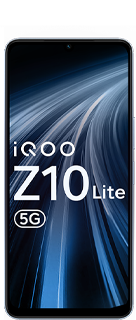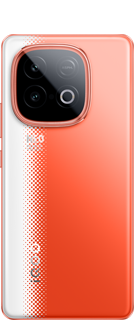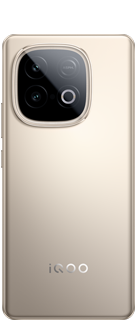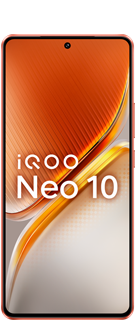National Flag Day 2024 🇮🇳 || Why is Flag Day in India celebrated on July 22?
Every year National Flag Day is celebrated on July 22 in India. The day celebrates the adoption of the Indian tricolour as the National Flag of India before independence. The flag was subsequently retained as that of the Republic of India. People in India call the national flag popularly Tiranga or Tricolour. 🇮🇳
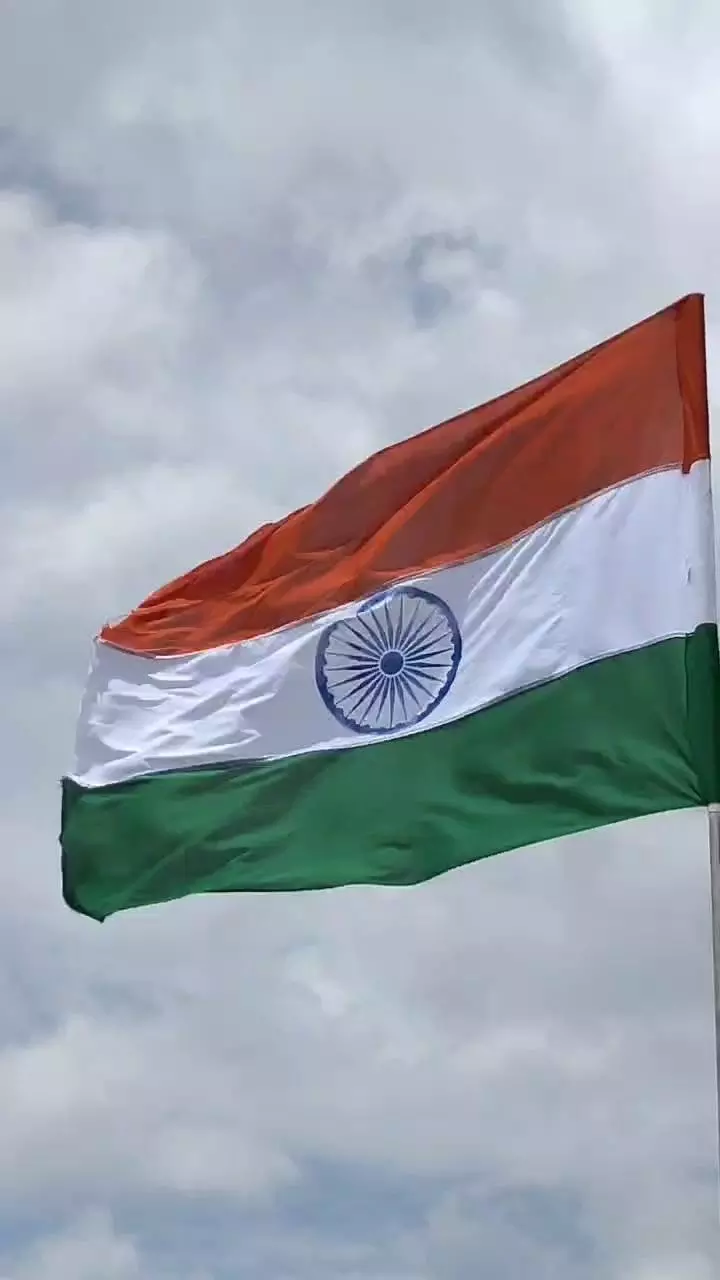
"ShotOniQOO"
Why is Flag Day celebrated on July 22....?
🔹The rulers of various princely states used a variety of flags during the time before the Indian independence movement; the British rulers of India first proposed the idea of a single Indian flag following the rebellion of 1857, which led to the establishment of direct imperial rule.
🔹The Constituent Assembly was established in August 1947, a few days before India attained independence. On June 23, 1947, the assembly formed an ad hoc committee to choose a flag for the newly independent India. Rajendra Prasad served as the committee's chairman, and its other members were Maulana Abul Kalam Azad, Sarojini Naidu, C. Rajagopalachari, K. M. Munshi, and B. R. Ambedkar.
🔹Pt. Jawahar Lal Nehru later proposed the Pingali Vekayya flag in the Constituent Assembly on July 22, 1947, just before India gained independence from the British on August 15, 1947. Nehru gave the crowd two flags, one made of Khadi silk and the other of Khadi cotton. The horizontal tricolour of deep saffron, white, and dark green in equal parts, with the Ashoka wheel in blue in the middle of the white band, was adopted by a unanimous vote. Between 15 August 1947 and 26 January 1950, it represented the Dominion of India as its national flag, and even then, it has represented the Republic of India.
How is the National Flag of India...?
India's National Flag is a horizontal tricolour with equal amounts of deep saffron (Kesari) at the top, white in the middle, and dark green at the bottom. The width-to-length ratio of the flag is two to three. And the chakra in the middle symbolises the navy blue wheel in the centre of the white ring. Its shape is similar to the wheel that can be seen on the abacus of Ashoka's Sarnath Lion Capital, with 24 spokes and its diameter is about equal to the width of the white band. 🇮🇳
Object - "Symbolism"
Saffron - "Strength and Courage"
White - "Peace and Truth"
Green - "Fertility, Growth and Auspiciousness"
24 Spokes - "Wheel of the Law"
🇮🇳JAI HIND 🇮🇳
Follow for More
Please sign in
Login and share
